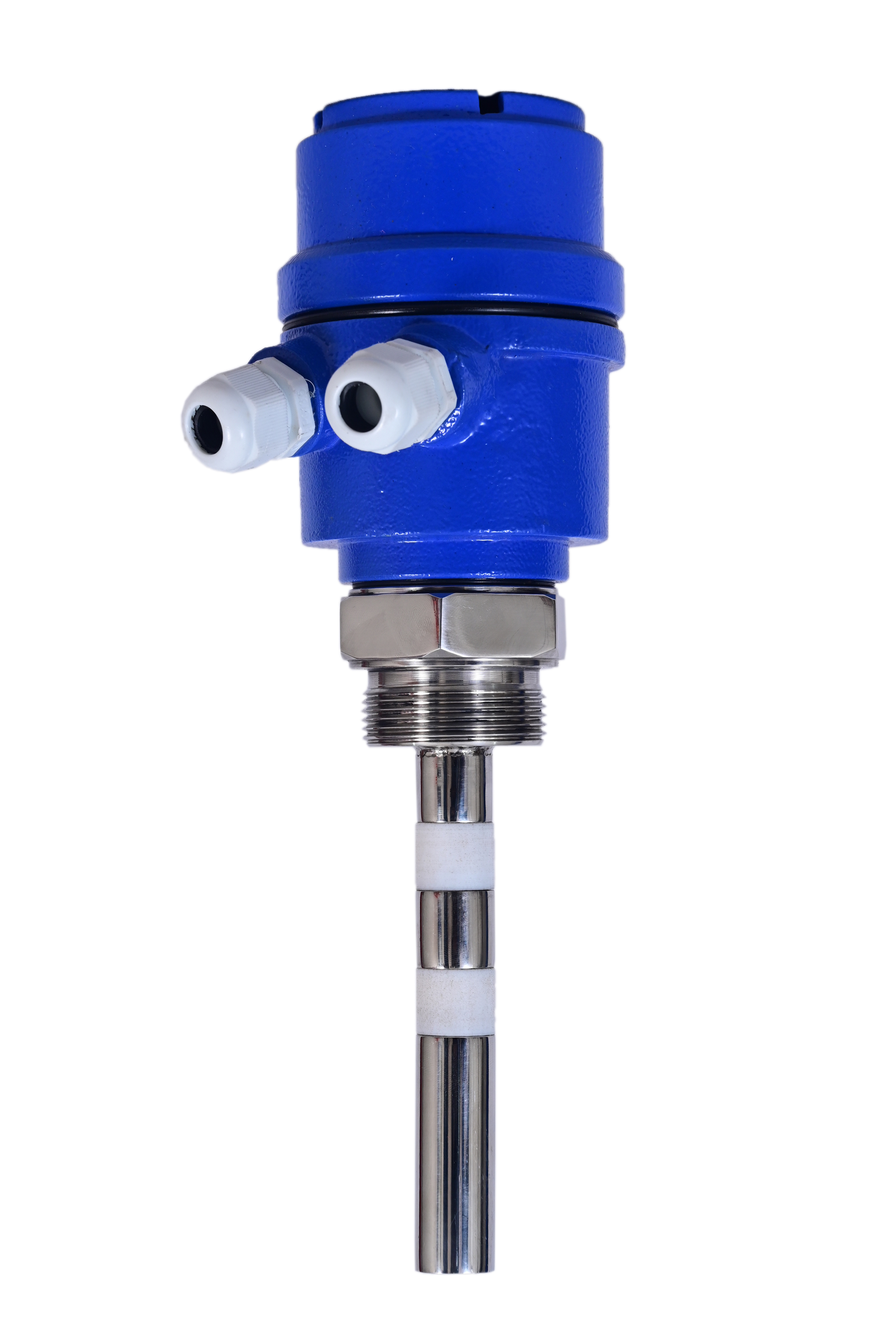Why RF Admittance Level Switches Are Ideal for Challenging Process Environments
Why RF Admittance Level Switches Are Ideal for Challenging Process Environments
Blog Article

What is an RF Admittance Level Switch?
An RF Admittance Level Switch is a type of point-level detection instrument that uses radio frequency technology to detect the presence or absence of material. It operates by measuring the admittance (the inverse of impedance) of a probe in contact with the material. Unlike capacitive sensors, RF admittance switches compensate for build-up, ensuring stable performance over time.
Key Benefits of RF Admittance Level Switches in Challenging Environments
1. Superior Build-Up Immunity
Traditional sensors often give false readings due to material coating or build-up on the probe. RF admittance switches, however, incorporate active guard technology that minimizes the impact of coating, making them ideal for sticky, viscous, or conductive materials.
2. High Temperature and Pressure Resistance
RF Admittance Level Switches are engineered to withstand extreme process conditions, including high pressure and temperatures up to 400°C. This makes them suitable for industries like petrochemicals, cement, food processing, and power generation.
3. Wide Application Range
From powders and granules to liquids and slurries, these level switches offer unmatched flexibility. Whether it’s a silo, hopper, or reactor vessel, RF admittance sensors perform consistently.
RF Admittance vs. Vibrating Rod Level Switches: Tradeoffs
While Vibrating Rod Level Switches are widely used for dry solids and bulk powders, they can face limitations in wet, sticky, or coating-prone applications. Here's a quick comparison:
| Feature | RF Admittance Level Switch | Vibrating Rod Level Switch |
|---|---|---|
| Coating Immunity | Excellent | Moderate |
| Material Compatibility | Liquids, slurries, solids | Dry powders |
| Temperature/Pressure Tolerance | High | Moderate |
| Maintenance Needs | Low | Medium |
| Cost | Slightly Higher | Moderate |
Although RF Admittance Level Switches may have a slightly higher upfront cost, the reduced maintenance and higher reliability often result in long-term savings.
Challenges and Considerations
When choosing a level switch for harsh environments, several factors should be weighed:
-
Material Type & Behavior: RF Admittance is ideal for conductive, sticky, or abrasive materials.
-
Installation Environment: High temperatures or pressures require robust housing and probe materials.
-
Signal Stability: Look for models with automatic calibration and signal filtering to reduce noise.
Working with a trusted Vibrating Rod Level Switch Manufacturer can help you evaluate whether RF admittance or vibrating rod technology is better suited for your specific application.
Why RF Admittance Level Switches Are a Smarter Choice
Investing in RF Admittance Level Switches means enhanced process control, reduced downtime, and better product quality. Their reliability in the face of extreme conditions makes them ideal for industries such as:
-
Cement & Aggregates
-
Chemicals & Petrochemicals
-
Food & Beverage
-
Pharmaceuticals
-
Power Generation
Whether you’re working with sticky resins or fine powders, RF admittance sensors ensure accurate, worry-free level monitoring.
Top 5 FAQs on RF Admittance and Vibrating Rod Level Switches
1. What makes RF Admittance Level Switches better for sticky or coating materials?
RF admittance technology uses active guarding to ignore material build-up, ensuring more accurate readings than other sensors.
2. Can RF Admittance Level Switches handle high-pressure and high-temperature environments?
Yes, most industrial-grade RF admittance switches are designed for extreme conditions, making them ideal for reactors and pressurized vessels.
3. When should I choose a Vibrating Rod Level Switch instead?
Vibrating rod switches are suitable for dry, free-flowing powders and granules where build-up isn’t a major concern.
4. How do I decide between a Vibrating Rod Level Switch Manufacturer and an RF Admittance supplier?
Consider the material type, process conditions, and long-term maintenance needs. A reliable supplier can guide you on the right technology.
5. Are RF Admittance Level Switches more expensive than other options?
While initial costs may be higher, the reduced maintenance and greater reliability often make them cost-effective in the long run.